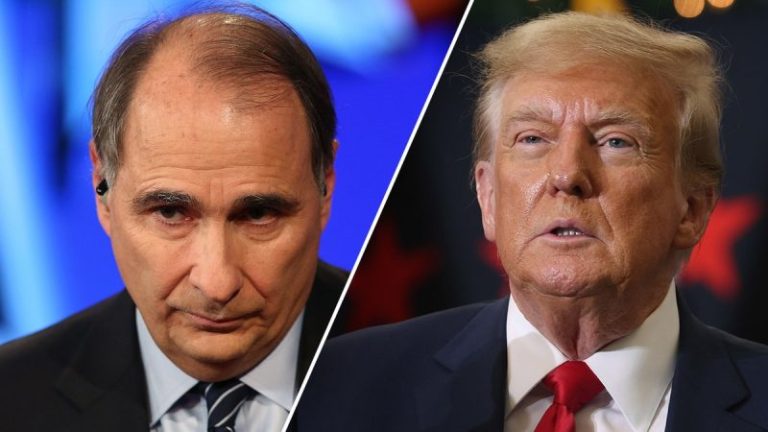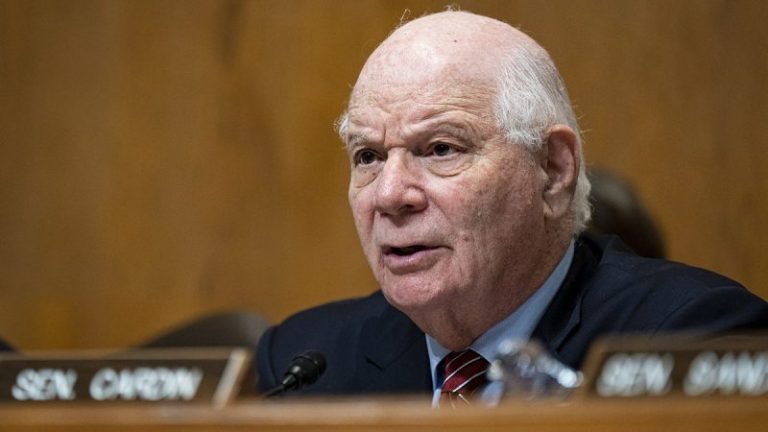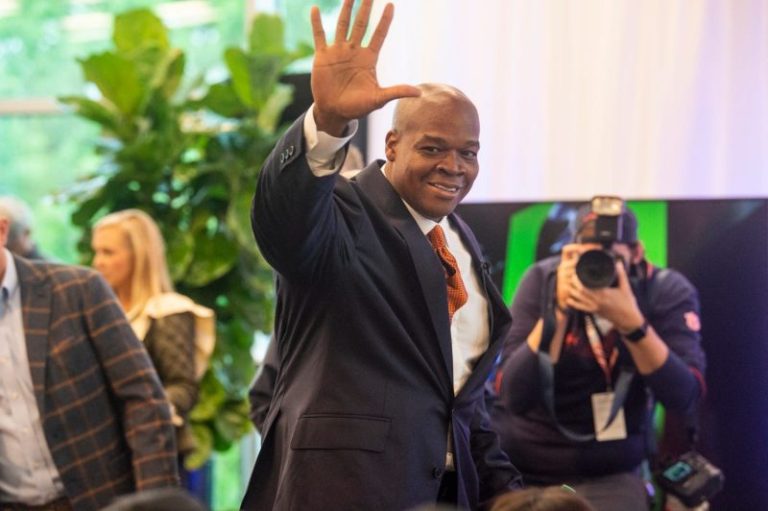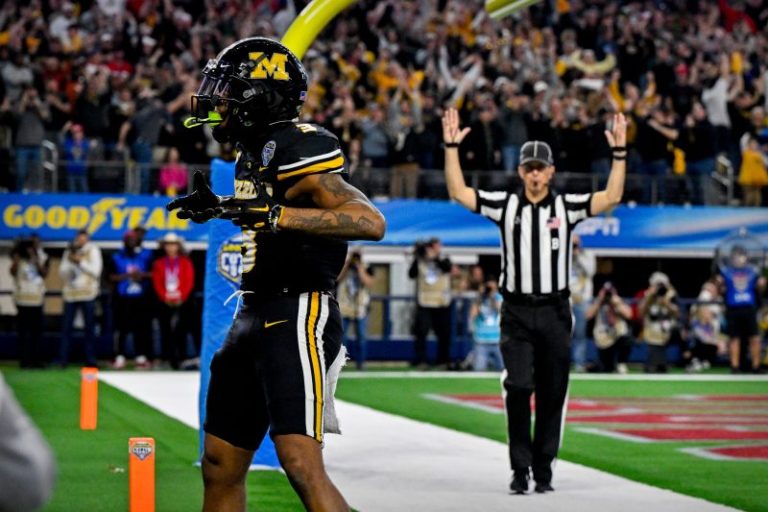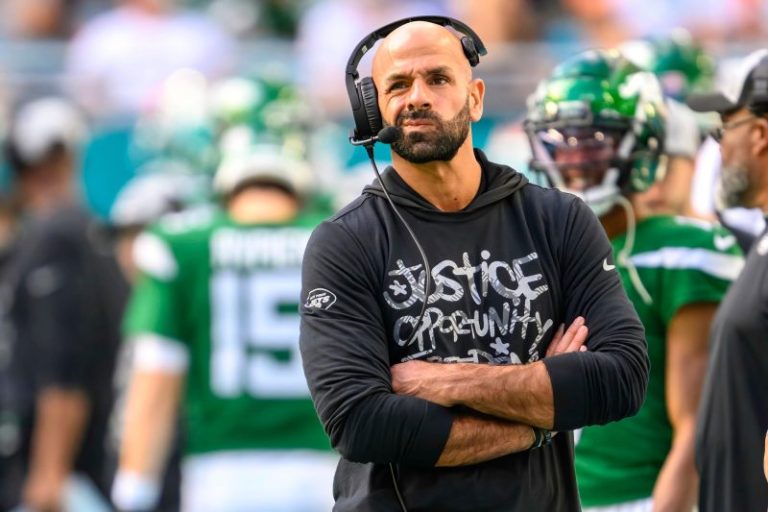Mounting concerns over self-driving cars — headlined by allegations that autonomous vehicle maker Cruise misled the California Department of Motor Vehicles about an accident in San Francisco that seriously injured a pedestrian — have some people questioning whether the state needs new laws and new watchdogs to govern the technology’s rapid expansion.
City streets serve as testing grounds for hundreds of self-driving cars in California, despite ongoing safety concerns and gray areas surrounding law enforcement’s ability to cite robot cars when they violate traffic laws.
“I think all of us are still struggling to understand whether [driverless cars] really are safer than human drivers and in what ways they might not be,” said Irina Raicu, the director of the Internet Ethics program at the Markkula Center for Applied Ethics at Santa Clara University.
Autonomous vehicle makers say their cars need to keep logging miles to improve the technology and make them safer. Raicu pointed out, however, that much of the testing happens on city streets alongside human drivers and pedestrians, and there’s still much we don’t know about how the vehicles perform.
“It seems like while they make fewer of the kind of mistakes that we see from human drivers, they make interesting new kinds of mistakes,” Raicu said. “It has the feel of a human subject mass experiment, right? Without the kind of consent that we usually want to see as part of that.”
Irina Raicu is the director of the Internet Ethics program at the Markkula Center for Applied Ethics at Santa Clara UniversityMichael Horn
Driverless cars have been documented running red lights, blocking emergency responders and swerving into construction zones.
But NBC Bay Area has learned that when driverless cars break the rules of the road, there’s not much law enforcement can do. In California, traffic tickets can be written only if there is an actual driver in the car.
An internal memo from San Francisco Police Chief Bill Scott, obtained by the NBC Bay Area Investigative Unit, instructs officers that “no citation for a moving violation can be issued if the [autonomous vehicle] is being operated in a driverless mode.”
Scott added, “Technology evolves rapidly and, at times, faster than legislation or regulations can adapt to the changes.”
While autonomous vehicles in California have received parking citations, the state’s transportation laws appear to leave driverless vehicles immune from receiving any type of traffic ticket stemming from moving violations.
“I think it sends a message that it’s not a level playing field, that fairness is not the priority,” said Michael Stephenson, the founder and senior attorney of Bay Area Bicycle Law, a law firm that specializes in representing cyclists in accident cases.
Stephenson said that driverless vehicles don’t exactly fit into the state’s current legal framework and that California needs new laws to appropriately govern the evolving technology.
“We’re perhaps trying to shove a square peg into a round hole,” he said. “We are very much in the Wild West when it comes to driverless cars.”
Michael Stephenson is the founder and chief legal counsel of Bay Area Bicycle Law. Michael Horn
While driverless cars in California may seem to benefit from immunity to traffic tickets, that isn’t the case for autonomous vehicles in Texas.
Texas, which rivals California as another popular testing ground for autonomous vehicles, changed its transportation laws in 2017 to adapt to the emerging technology. According to the Texas Transportation Code, the owner of a driverless car is “considered the operator” and can be cited for breaking traffic laws “regardless of whether the person is physically present in the vehicle.”
Arizona, another busy site for autonomous vehicles, took similar steps. In revising its traffic laws, Arizona declared the owner of an autonomous vehicle “may be issued a traffic citation or other applicable penalty if the vehicle fails to comply with traffic or motor vehicle laws.”
Waymo Product Management Director Chris Ludwick speaks with NBC Bay Area senior investigative reporter Bigad Shaban in a driverless Waymo vehicle.
Waymo’s product management director, Chris Ludwick, acknowledged the technology isn’t perfect but said Waymo’s research has shown its driverless cars are already “safer than human drivers.” A study recently released by Cruise noted similar findings when researchers compared crash rates of human drivers with those of its autonomous vehicles.
“While there have been examples pointed out where driverless cars continue to need to improve, we can keep doing that,” Ludwick said. “And when we make an improvement once, that’s fixed in our system — the whole fleet gets better. And so the technology is only getting better from here, and it’s already really good.”
Neither Waymo nor Cruise has experienced a single traffic-related death since they deployed their driverless vehicles. Waymo vehicles have traveled more than 7 million driverless miles, while Cruise’s have logged more than 5 million miles. However, some question whether that’s enough of a track record, because human drivers, on average, cause one death about every 100 million miles driven, according to the National Highway Traffic Safety Administration.
“Whether the police department has the jurisdiction to cite a driverless vehicle, we certainly do everything we can to ensure the car’s behavior is good,” Ludwick said. “I think the reality is that autonomous vehicles are being held to the highest standard.”
Vehicle traffic passes in front of the San Francisco skyline.
Yet some question whether the state needs to reassess how it regulates the industry.
“We’re using the public square basically as a laboratory for trial and error,” said Sen. Dave Cortese, D-San Jose, who recently launched a probe into how the DMV both issues and revokes permits for driverless car companies in California.
Cortese said his investigation is also focused on safety standards, as well as recent issues involving Cruise’s fleet of driverless cars.
In August, state regulators gave the green light for General Motors’ Cruise and Google’s Waymo to expand and start collecting fares as their fleets of robotaxis shuttle passengers across San Francisco.
But in October, Cruise parked all 400 of its driverless vehicles across the country without any mention of a timeline for when it might be able to dispatch them once again. While the move was voluntary in Arizona and Texas, Cruise was forced to take its vehicles off the road in California after regulators determined its driverless fleet posed an “unreasonable risk to public safety.”
The move stemmed from an accident on Oct. 2, when a hit-and-run driver in San Francisco struck a pedestrian, launching the woman into the direct path of a Cruise driverless vehicle, which then ran her over. After it came to a complete stop, however, the autonomous vehicle then started up again and tried to pull over to the side of the road while the pedestrian remained trapped underneath the car, which dragged her 20 feet. For weeks, she remained in serious condition at Zuckerberg San Francisco General Hospital, a facility spokesperson said. While the victim has been upgraded to “good condition,” she remains hospitalized nearly three months after the accident.
In a recent blog post, Cruise said it’s now “focused” on having its driverless vehicles return to just “one city to start.” While Cruise didn’t mention which of its previous three locations might be the first to welcome back its driverless cars, San Francisco is an unlikely candidate, because it’s the one city that actually ordered Cruise off the road.
Meanwhile, the DMV has accused Cruise of trying to hide video evidence relating to the attempted pullover that was recorded by the vehicle’s camera system. The DMV maintains Cruise originally showed state investigators video of the accident only up until the moment the car came to its initial stop after it ran over the pedestrian, omitting the rest of the clip — including video of the car dragging the trapped pedestrian.
“Footage of the subsequent movement of the [car] to perform a pullover maneuver was not shown to the department and Cruise did not disclose that any additional movement of the vehicle occurred after the initial stop of the vehicle,” the DMV wrote in a statement.
Cruise denies ever having withheld the full video from the DMV. In fact, a spokesperson said the entire clip of the accident, including the part showing the car dragging the pedestrian, was shown to DMV officials several times on Oct. 3, just a day after the accident. Cruise says that several days later, when the DMV requested a copy of the video, it provided DMV officials with the same video it had shown DMV investigators just 10 days earlier.
In California, two state agencies share oversight of autonomous vehicles: the DMV and the California Public Utilities Commission. The CPUC recently ordered Cruise to appear at a hearing Feb. 6 to explain “why it should not be sanctioned” amid accusations it “withheld information from the Commission for 15 days” about what exactly happened in the Oct. 2 accident. The CPUC accused Cruise in a letter of “misleading” state regulators and the public and warned it could levy fines, penalties and other sanctions. Cruise faces up to $100,000 in fines per offense for each day it is found liable, according to the CPUC. As a result, a single violation lasting 15 days could cost Cruise $1.5 million in penalties while still leaving it susceptible to additional fines.
After the Oct. 2 accident, Cruise created a chief safety officer position and announced plans to hire a consulting firm to conduct a “full assessment” of “safety operations and culture.”
Cruise parted ways this month with nine of its “key leaders” and laid off about a quarter of the company — roughly 900 employees.
In a statement, Cruise attributed the departures of some of its top executives to an “initial analysis of the October 2 incident,” which aimed to investigate how and where the company faltered.
“As a company, we are committed to full transparency and are focused on rebuilding trust and operating with the highest standards when it comes to safety, integrity, and accountability and believe that new leadership is necessary to achieve these goals,” a Cruise spokesperson said in a statement.
The announcement was the latest in what has become a series of setbacks for Cruise. In November, its CEO, Kyle Vogt, a co-founder, resigned. The company, which remains under investigation by both state and federal regulators over safety concerns, declined an interview request.
In a recent statement, the company said: “The most important thing for us right now is to take steps to rebuild public trust. Part of this involves taking a hard look inwards … even if it means doing things that are uncomfortable or difficult.”
State Sen. Dave Cortese, D-San Jose, said California needs to strike the right balance between ushering in innovation and protecting public safety, and he told NBC Bay Area the state may need an entirely new regulatory agency focused purely on driverless cars and artificial intelligence.
“Like when we got the FAA years ago, we’re going to have to do that here,” Cortese said. “And in order to do that here, we need to get started yesterday.”
The FAA, which was first known as the Federal Aviation Agency in 1958 before it became the Federal Aviation Administration in 1967, was established in part to oversee the vast and complex air transportation sector.
Legislators have already tried to pass laws around driverless vehicles, but a recent effort didn’t make it past the governor’s desk.
A bill that would require driverless trucks weighing more than 10,000 pounds to always have safety drivers inside the cabs got bipartisan support in the Legislature this year, but Gov. Gavin Newsom vetoed it, calling it “unnecessary,” because current laws already allow the DMV “to create the appropriate regulatory framework.”
The DMV says it’s working to update regulations across the industry in hope of requiring more oversight of driverless cars, although it won’t disclose what those new rules could look like.
“DMV held public workshops with interested stakeholders in January and July of 2023 to discuss topics which will inform the development of potential future rulemaking,” a DMV spokesperson wrote in a statement.
“DMV recognizes that autonomous technology is an evolving technology and remains committed to enhancing the regulatory structure to reflect the continued development of the technology.”
A version of this article originally appeared on NBC Bay Area.
This post appeared first on NBC NEWS

